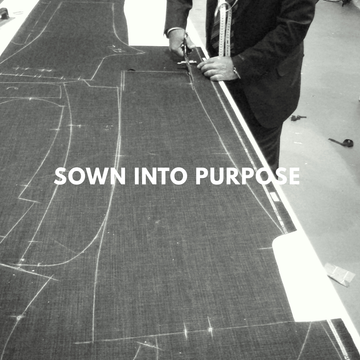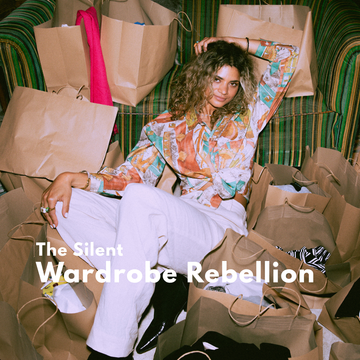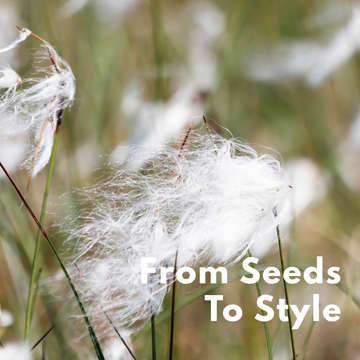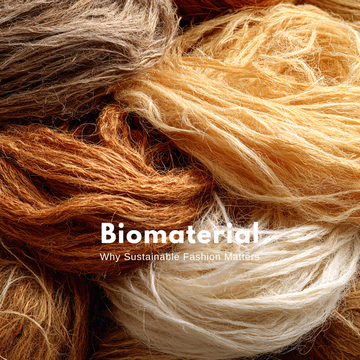A Story of Fashion With Meaning
In a quiet workshop tucked behind the noise of the city, a small team of artisans worked under warm golden light. The air smelled of natural dyes, earthy and rich, while spools of organic thread lined the walls like soldiers waiting for their call to service. On the long oak table lay fabric, not just cloth, but promise. This was where a new garment’s story began.
The dress they were about to create was not meant to follow trends. It was meant to carry a message.
The Forgotten Truth About Clothes
Every second, the world buys enough clothing to fill the back of a cargo truck. Within a year, much of it is discarded, burned, buried, or forgotten at the back of closets. Fashion has become faster, but the faster it spins, the more we lose sight of its weight.
That’s where purpose comes in. Clothes are not just coverings, they’re records of human labor, water, soil, and time. Each stitch tells of someone’s hands. Each dye tells of nature’s gift. But most consumers never hear this story, they only see a price tag.
A Different Beginning

The artisans in that workshop believed otherwise. They worked with organic cotton, linen, and bamboo, fibers grown without choking the land with chemicals. The dyes came from roots, leaves, and flowers, not toxic vats. The designs were minimal, but every cut was deliberate, made to last beyond a single season.
This was clothing sewn into purpose: built for beauty, but also for legacy.
The Person Who Wore It
When Leila, a young professional, chose the dress weeks later, she didn’t know its entire journey. But she could feel it, the fabric was soft yet sturdy, the color earthy but alive. Unlike the cheap dresses she had bought before, this one carried a weight she couldn’t explain.
At her workplace, the dress drew compliments, but more than that, it drew conversations. People asked where it came from. They wanted to touch it, to know why it felt different. For the first time, Leila realized clothing could be more than an outfit; it could be a story she carried with her.
The Ripple Effect

Educators call this “conscious consumption.” When we understand where our clothes come from, we start questioning every purchase. Do we want to support water wasting factories or ethical workshops? Do we want fashion to remain disposable, or to become meaningful again?
Leila’s single choice began influencing her friends. They started looking up sustainable brands, swapping fast-fashion hauls for timeless pieces. Slowly, a circle of awareness formed, roving that one dress, sewn with purpose, could touch lives far beyond its seams.
Why It Matters Now
Fashion is one of the most polluting industries on earth. But it doesn’t have to stay that way. Each conscious purchase reduces waste, protects resources, and supports artisans who believe in quality over speed. Sustainability isn’t about owning less; it’s about owning with intention.
Closing Thought
Every wardrobe tells a story. Some are filled with clothes made in haste, forgotten as quickly as they were bought. Others, like Leila’s growing collection, whisper of care, thought, and responsibility. The difference is purpose.
Because when fashion is sewn into purpose, it doesn’t just dress the body. It dignifies the planet, honors the maker, and inspires the wearer to live with meaning.

Conclusion
Fashion has always been more than fabric, it is a mirror of our choices. The way we source, sew, and wear our clothes reflects how we honor the world we live in. A garment sewn into purpose is not just an item in a wardrobe; it is a silent manifesto of care, dignity, and responsibility.

As consumers, every purchase is a vote. Do we choose fleeting trends, or do we invest in timeless pieces that carry a story worth telling? Sustainable fashion reminds us that style and substance can coexist, that beauty becomes deeper when it respects people and planet.
In the end, the true luxury is not the logo on the label, but the purpose woven into the seams.





